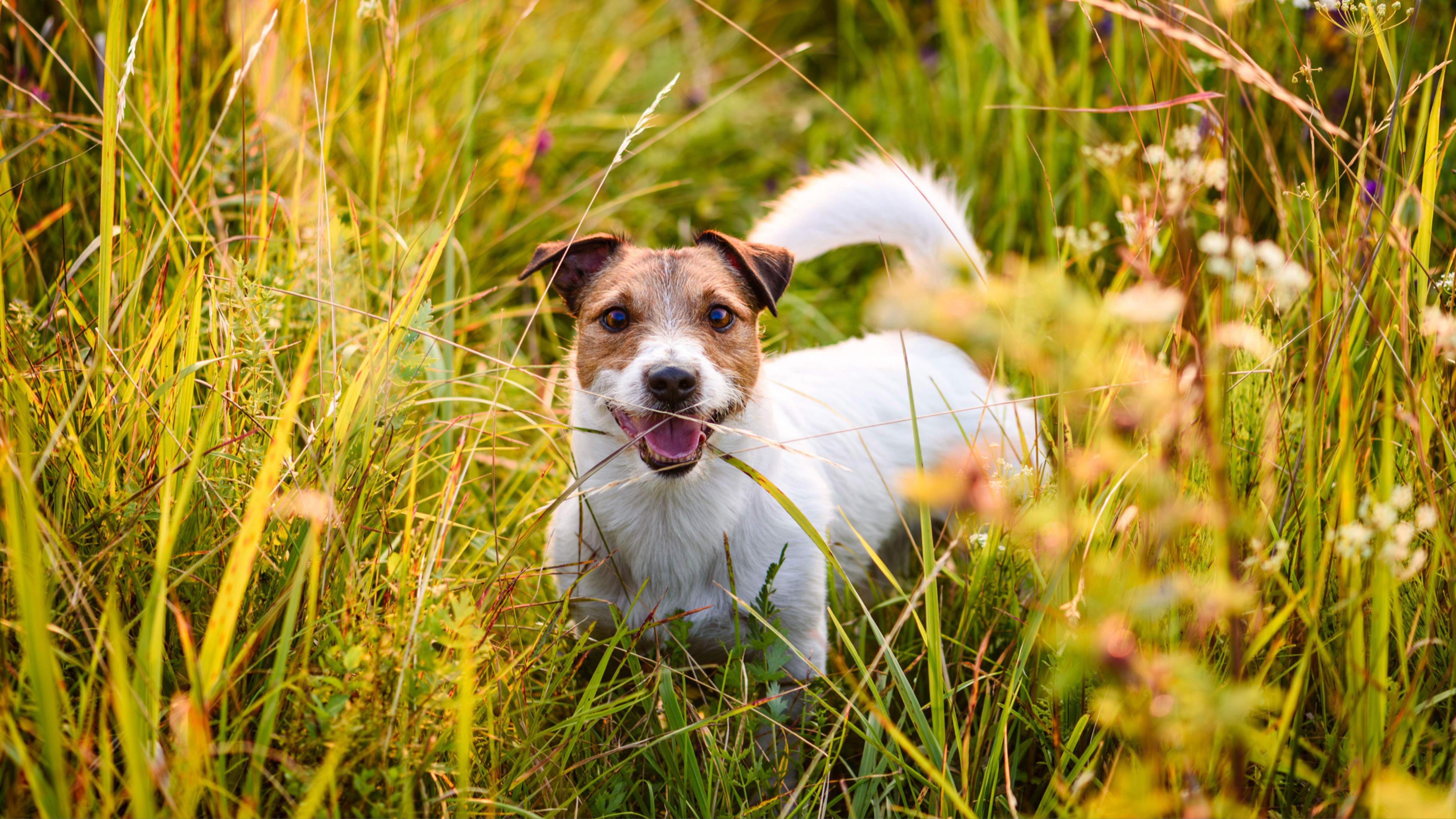
If you’re out walking your dog and you’re somewhere where it’s legal and safe to do so, you might decide to take them off their leash. Many dogs enjoy the freedom of being off-leash and running around, sniffing, and letting off steam.
However, not every pup parent feels confident when their dog is off-leash. This could be because of their recall skills, the potential to run into other dogs, or just because they don’t have a lot of experience with it – even if they’ve brought some of the best dog treats along.
If you’d like to feel more confident when your dog’s not on their leash, check out this recent Instagram post from professional dog trainer and behavioral consultant Amelia Steele, or Amelia the Dog Trainer, who’s offered five key tips. Let’s go through them.
1. Engagement starts on lead: “One of the fastest and most reliable ways to build engagement for off-leash skills is to focus on good engagement on lead,” Steele explains. Lead training is important, as are fun engagement games.
2. Always reward good choices: When you’re out and about with your dog, they’re going to find the environment rewarding – so make sure you’re rewarding your pup too! Here’s the science behind positive reinforcement for dogs for more information.
“I always reward my dog for good choices off lead and that doesn’t have to be [with] treats,” says Steele, “It can be play, chase, praise, or whatever your dog values!” Essentially, you want to make sure that paying attention to you is valuable for your pup.
3. Build value in you: On that note, says Steele, “Your dog needs to see you as a source of great things and that doesn’t come from drilling recall endlessly. It’s important to take time to work with your dog doing something they love, whether that’s breed-specific enrichment or just simply playing with a tug toy.”
4. Active supervision is always required: While it’s important that your dog has a solid recall and will happily engage with you, we need to actively supervise our pups while they’re off-leash. If you’re only recalling when your dog’s in a dangerous situation, or hassling other people or dogs, putting both your dog and others at risk. Why not try these 15 helpful ways to get your dog to come back to you on off-leash walks?
Even if your dog is the friendliest pup you know, some people can be allergic to or scared of dogs, and some other dogs you encounter might be reactive.
5. Don’t poison your cue: “Choose a verbal cue or a noise like a whistle that you know you’re not going to use in other contexts,” Steele recommends. “This cue should only ever mean good things and should only be introduced in a situation where your dog is set up to be successful.”
Before using a cue, be confident that your dog will respond to it. If you aren’t, use another way to manage your dog’s behavior in the meantime. If you use the recall cue while your dog is having fun, and isn’t likely to respond, you risk poisoning the cue and causing them to stop listening.
If you’re struggling with your dog being off-leash, you might find this article useful: My dog embarrassed me with her terrible off-leash behavior — here’s how I fixed it.







